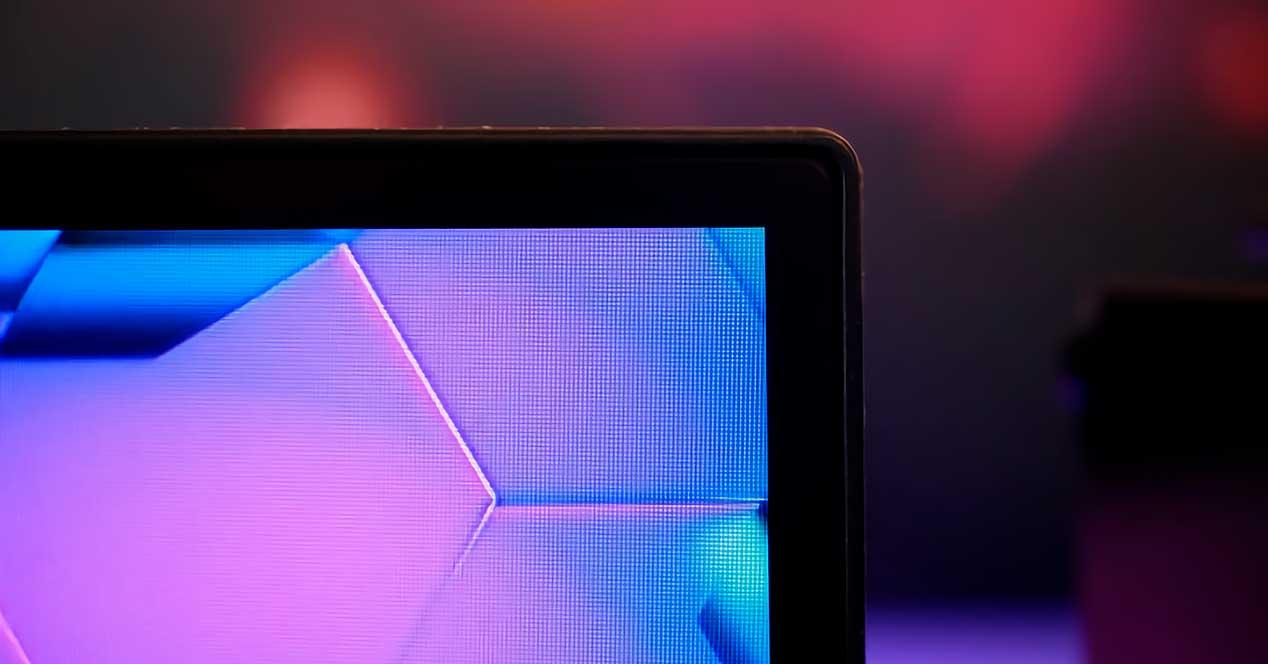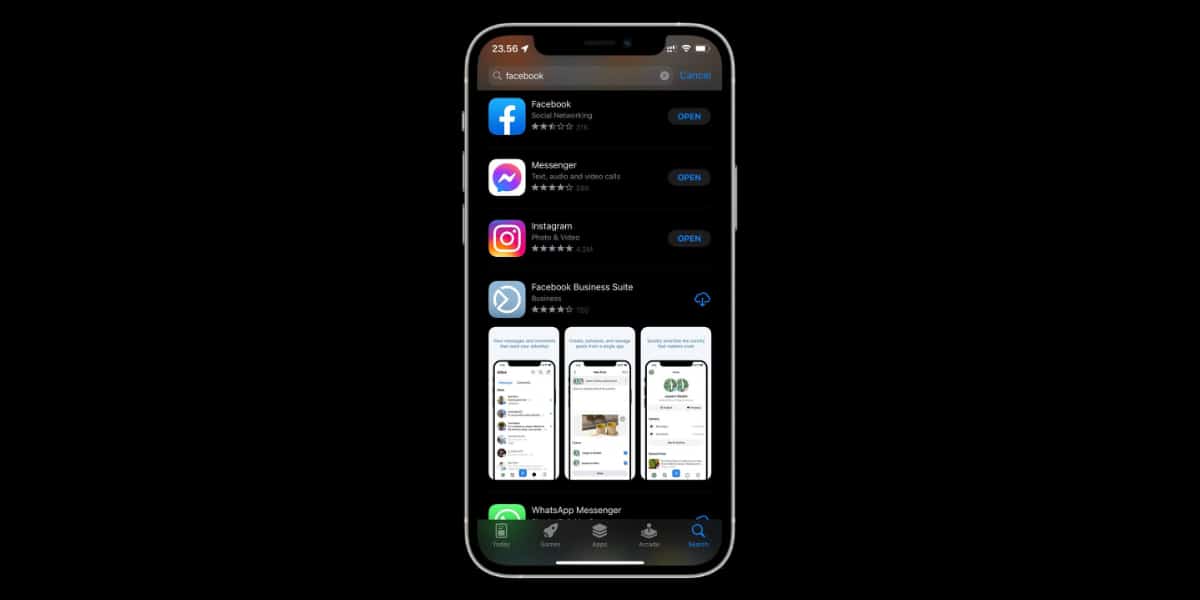As you would expect, Nano IPS is a technology based on the proprietary LG IPS standard and as such represents a number of improvements over it to compete with technologies advertised by other manufacturers. . But to understand where the current battle is for professional monitors, games and TVs, it is necessary to explain in detail what exactly the Nano IPS is.
Nano IPS, revolution or evolution?
As expected, Nano IPS is also LG’s proprietary technology for panels, whether for monitors, TVs or any type of device on the market. Therefore, this is their response to technology Quantum dot from Samsung and of course against OLED, although the latter is not an owner and each manufacturer works in a different way to the point that LG is also the leader of OLED in the market.
But logically, this is not enough if in the range where you compete, you already have enough competitors and the market is saturated. You have to compete in niches where there is also less competition from panels and technologies. Here we enter the field of CP, where TN, VA and IPS have reigned for decades, sometimes some, sometimes others, but they have always remained provisionally.
While everyone wants to enter this war with gaming-oriented OLED, another simpler, more useful, and cheaper technology has been created to take a quality leap against the AHVA from AU Optronics, which is prevalent in gaming monitors due to its contrast, HDR, and high Hz rate.
Here is LG again with Nano IPS, which is a natural evolution of current IPS panels towards a change and a higher definition of the image, but especially towards the fact of being able to reproduce a wider and above all more reliable color space.
To understand the benefits of this new technology, you must first understand how a common IPS panel works. The LED matrix of these panels is associated with a unit that controls the colors through what is called the backlight. W-LED or White-LED. This is what allows colors to be better or worse in terms of fidelity with industry preset color spaces and therefore these panels are often used for professional environments such as video and image editing with 10 bit panels. and frequencies 60 Hz or lower.
Smaller absorbed particle size gives LG an advantage
The perfect monitor does not exist, or rather the perfect screen does not exist. As we know, if you don’t lose in one feature you lose in another and the closest thing to perfection such as OLED ends up being very expensive.
IPS began as the standard for professionals as a panel, but over the years we now find panels with this technology and large sizes, a hertz rate above 100 without problem and above all with increasing contrasts. With the arrival of HDR IPS
But that’s tricky for a common IPS panel, so LG worked on an improved version – Nano IPS. What does this technology bring? Well, by means of a layer of nanoparticles, the W-LED layer absorbs some wavelengths that are not needed, such as yellows and oranges, or a wide range of reds, which makes it possible to obtain more precise tones of the pantone.
According to LG, this layer of nanoparticles includes a tiny layer of KSF phosphorus with materials such as Mn4, which is why the brand names it KSF LED. By absorbing these described wavelengths, Nano IPS achieves a color space capable of representing the 98% DCI-P3, getting more vivid and at the same time bright and saturated colors, which more easily gives the HDR rating when the panel is going to be tested.
This KSF LED layer is capable of absorbing light particles only 2 nm thick, largely exceeding the competition within traditional panels, especially AHVA or Quantum DOT, since the latter two barely manage to “trap” particles of 3 nm, the average between 4 nm and 7 nm.
Logically, the color accuracy will be lower, but this is something the human eye may not be affected by if it is not really trained and you have two panels at the same time in situ to compare.
Nano IPS vs Nano Cell, why so much confusion?
LG has registered another technology called Nano Cell and many are wondering why it is not reaching PC monitors if it already exists on TV and achieves surprising results at a competitive price. The reality is simpler than it looks, and although many don’t know it, Nano Cell is actually Nano IPS technology but brought to TV panels due to its larger size.
There are no technical differences in this regard here, LG simply decided to call the two technologies differently to improve marketing and compete with Samsung and Quantum DOT, thus addressing different markets with different needs.
Finally, logically Nano IPS is fully compatible with all variable or adaptive synchronization technologies on the market, in particular FreeSync or G-SYNC, in neither of its modalities for both (of which there are many). It does not affect the panel, Nano IPS technology will have limitations like IPS, TN or VA for Hz, contrast, brightness or viewing angles, but this is innate in all of them, so aggregates like ULMB and others with VRR they do not influence the technology of the panel itself.










